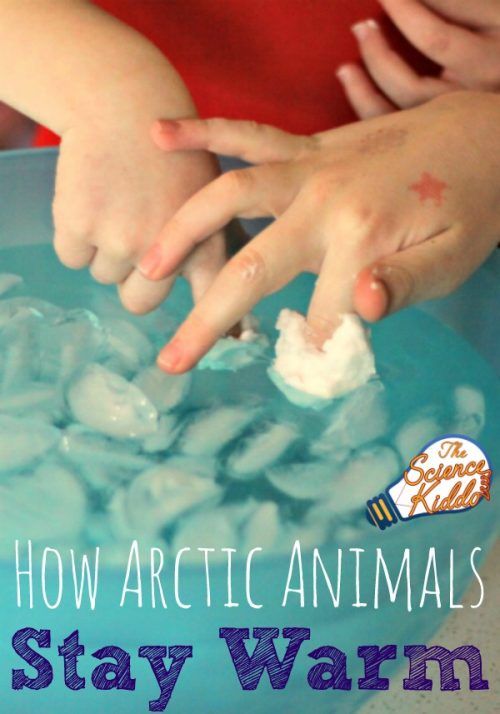How Arctic Animals Stay Warm Experiment


Science Exploration, Sensory Development, Problem-Solving


- Large bowl with ice water
- Modeling clay (to represent blubber)
- Plastic gloves (waterproof)
- Towels (for drying hands)
- Books or images of Arctic animals

1. Introduction:
o Discuss Arctic animals and how their size and blubber help them survive in cold temperatures.
o Show images of animals like polar bears and seals to highlight their adaptations.
2. Choosing an Animal:
o Let each child pick an Arctic animal and discuss how size affects their ability to stay warm.
o Explain that larger animals have thicker blubber.
3. Preparing the Experiment:
o Fill a bowl with ice water to simulate Arctic conditions.
o Have children create "blubber gloves" using modeling clay, making thicker layers for larger animals and thinner ones for smaller animals.
4. Conducting the Experiment:
o Children first dip their hand into the ice water without gloves to feel the cold.
o Then, they try their "blubber glove" and compare the results.
5. Discussion and Reflection:
o Ask children which glove kept their hand warmer and why.
o Discuss how larger animals with thicker blubber are better insulated.

N/A
